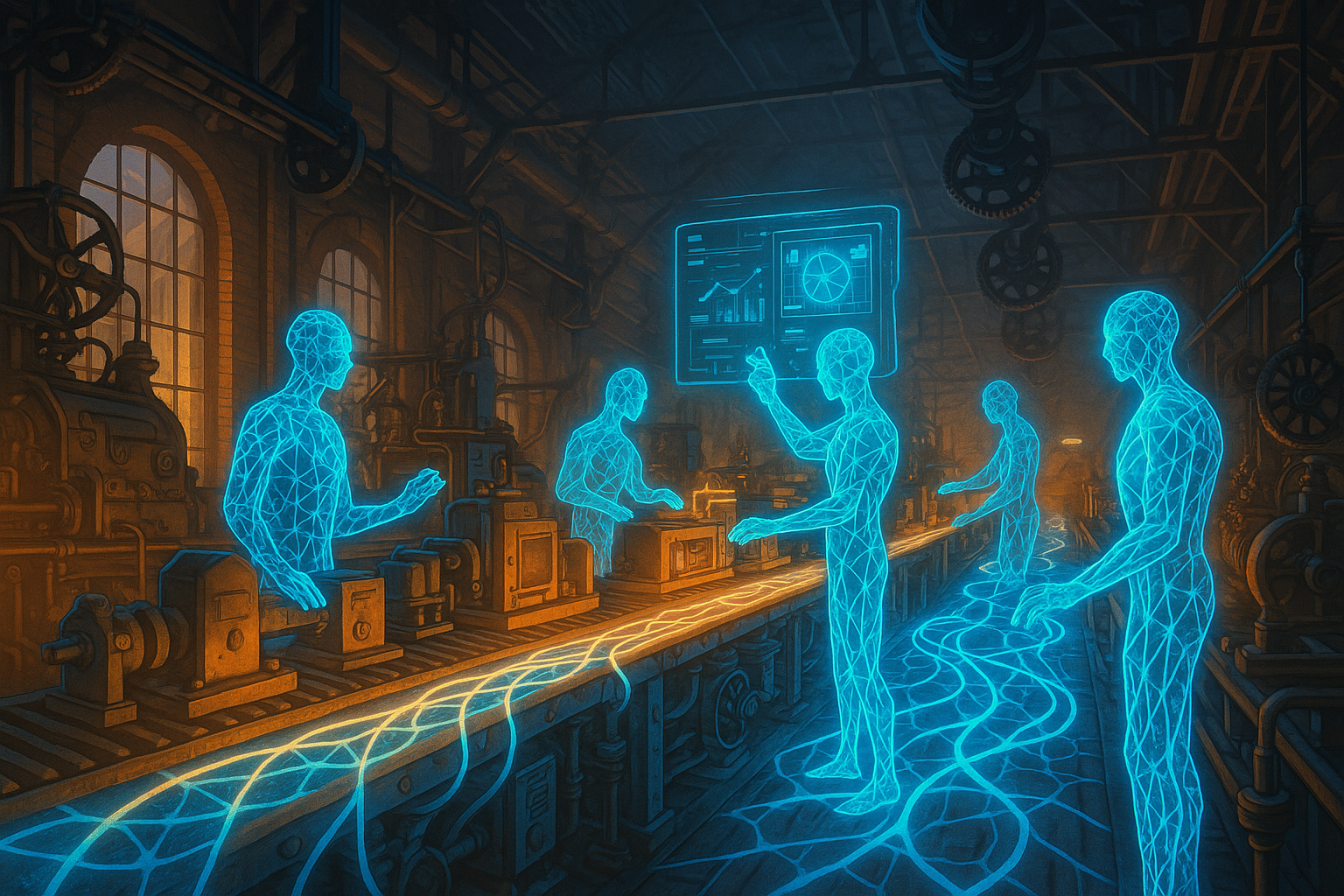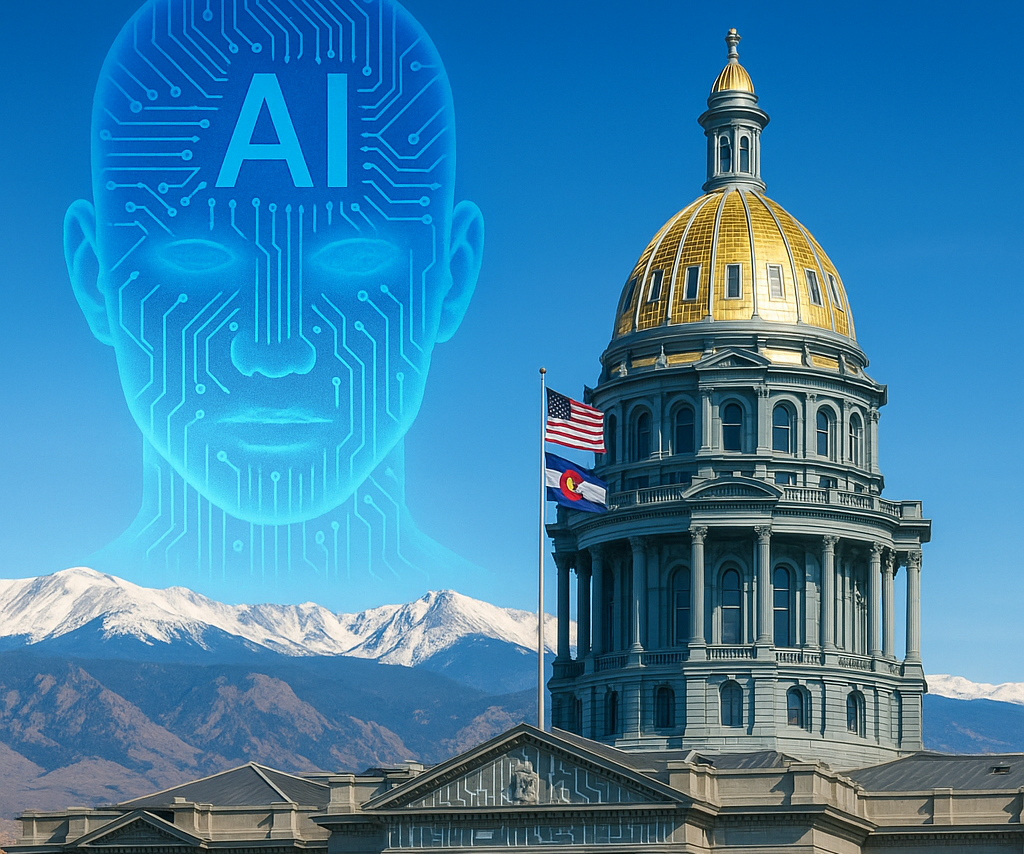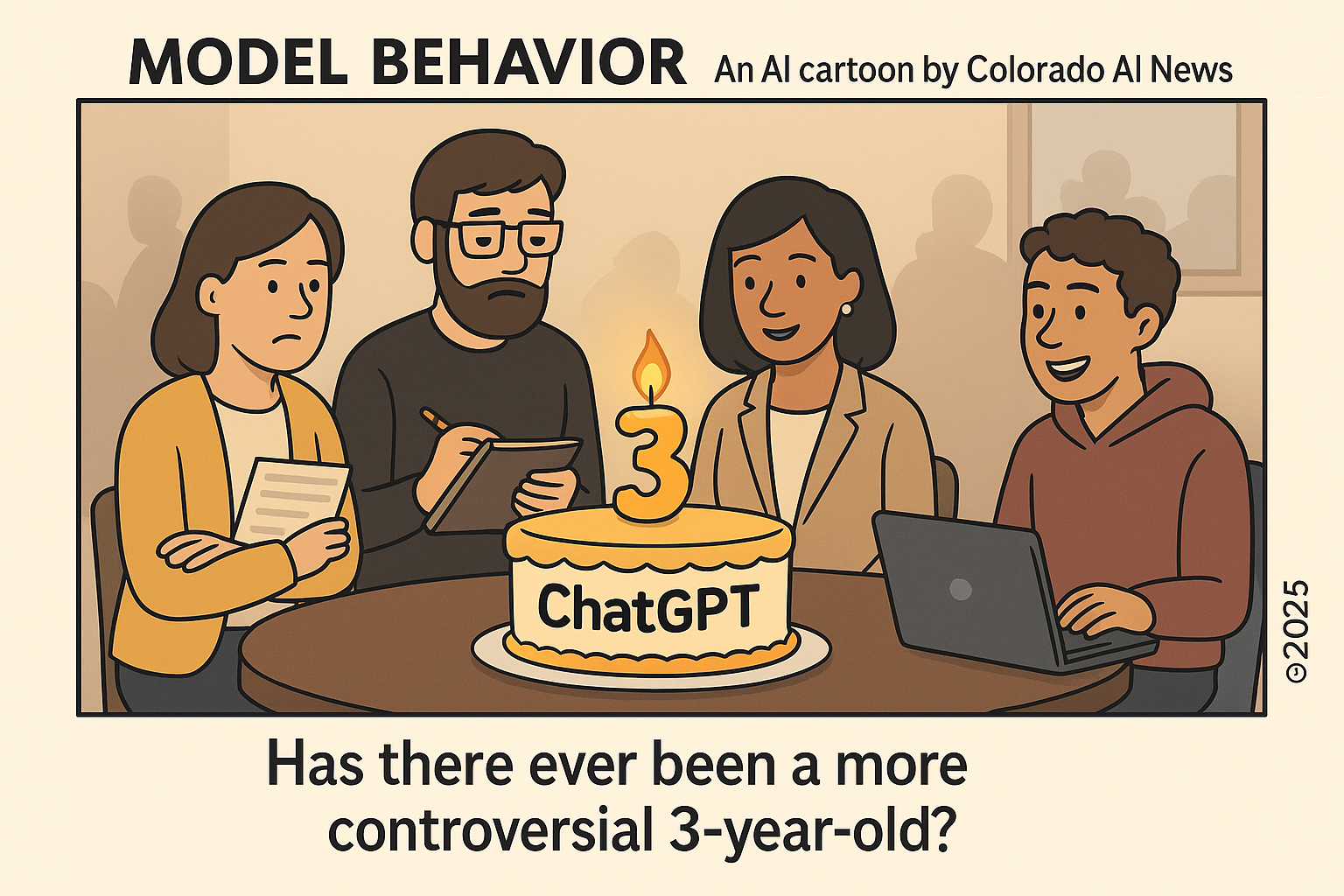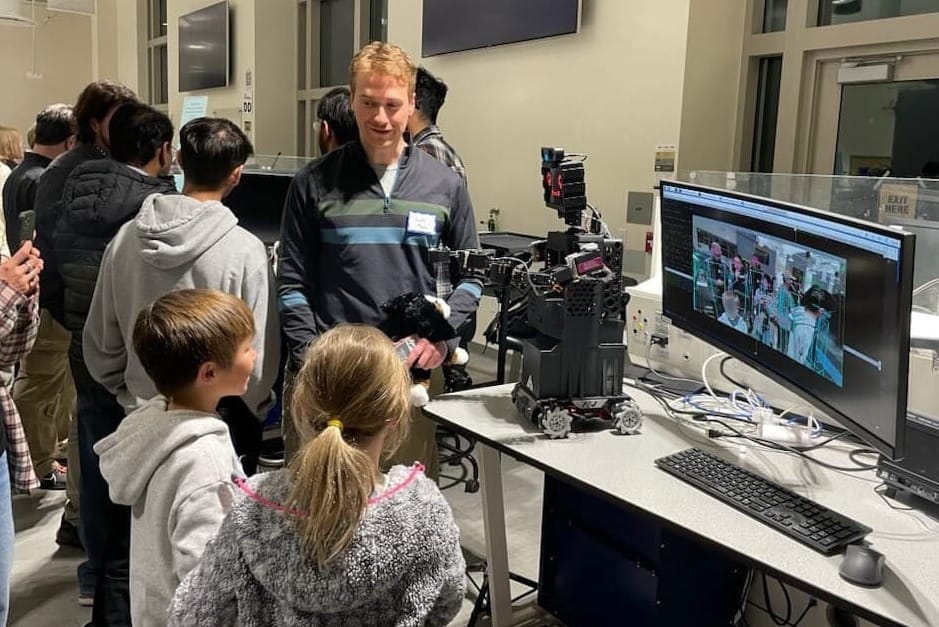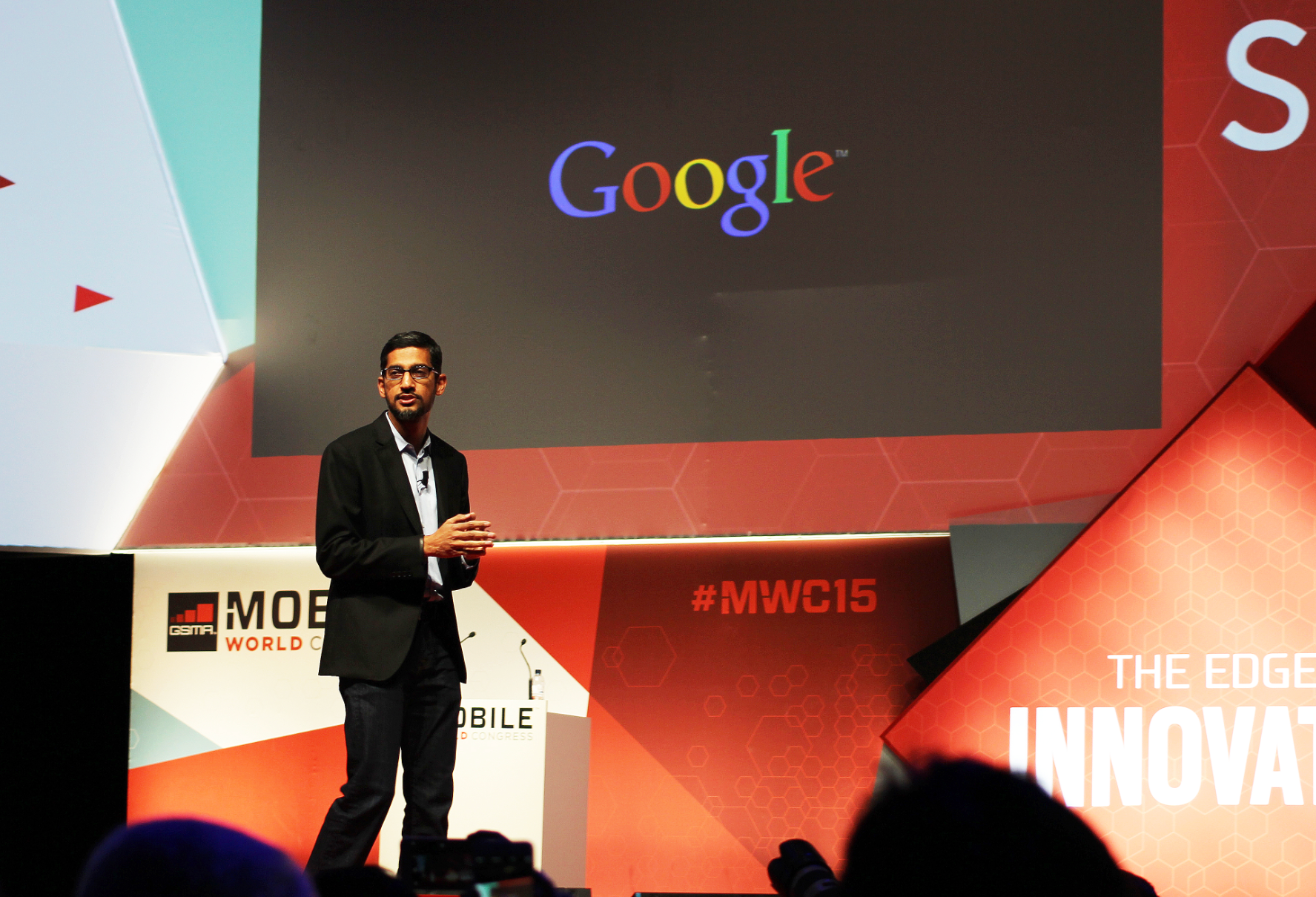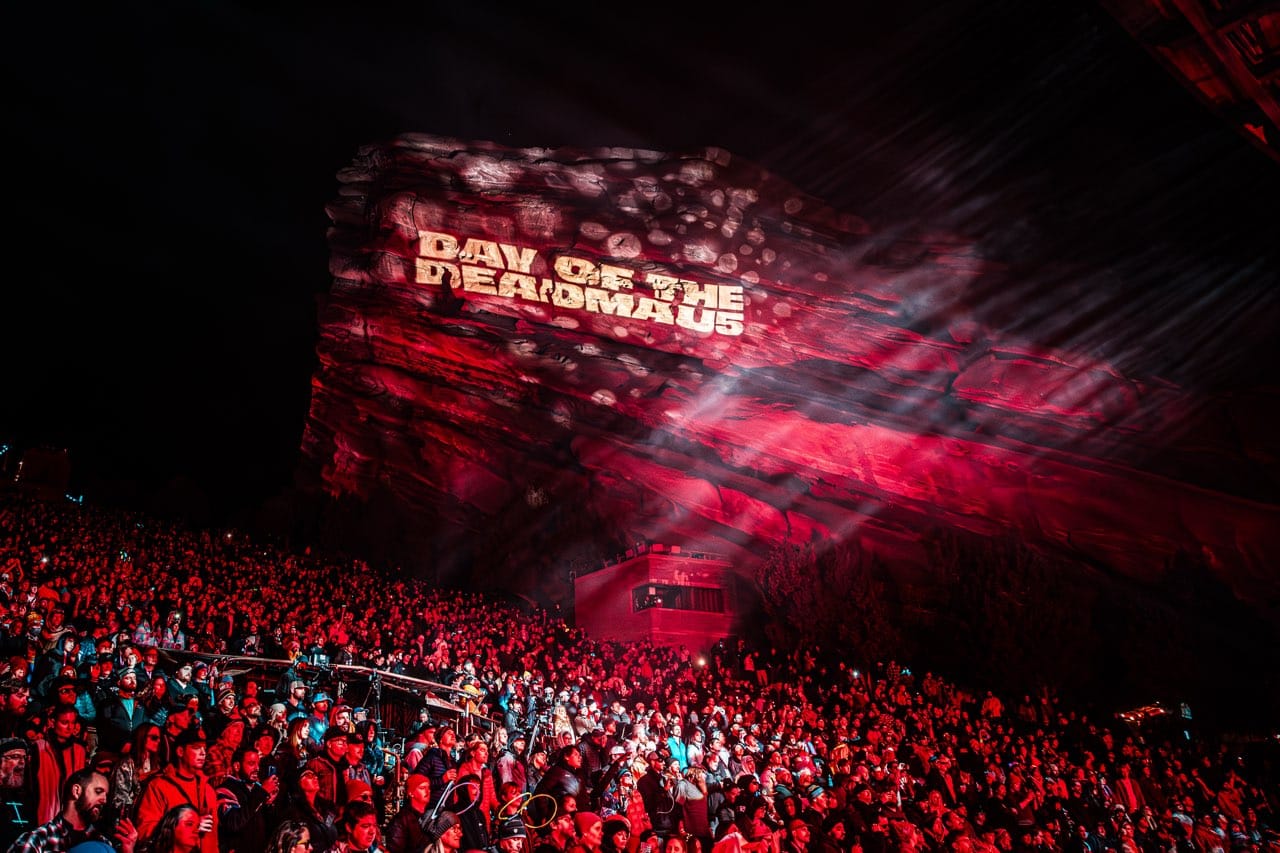In a recent internal memo, Shopify CEO Tobias Lütke laid out a bold and necessary mandate: Every employee at Shopify must now use AI as a core part of their job. And, importantly, he said, "Before asking for more headcount and resources, teams must demonstrate why they cannot get what they want done using AI."
Lütke framed his memo as a fundamental shift at Shopify: AI must now become every employee’s thought partner, researcher, pair programmer, and productivity multiplier. And while it’s an inspiring vision of widespread AI adoption, it reflects a pattern we’ve seen before: applying a groundbreaking new technology to augment existing workflows, rather than using it to reimagine them.
This isn’t a critique of Shopify’s forward-thinking stance. Lütke is absolutely correct in mandating that every employee become an AI expert, and I suspect that each one of them will thank him five years from now, whether they remain at Shopify or not. But if history teaches us anything, it’s that the real transformation and the real productivity gains don’t arrive until we rethink how work is done altogether.
The Steam-to-Electricity Analogy: A 40-Year Journey
To understand where we are today with AI, we need to revisit the early days of the electric motor.
In the late 19th century, factories were powered by steam. A single engine turned a central shaft, driving machinery with a maze of belts and pulleys. When electric motors arrived, factory owners simply swapped out the steam engine for an electric one, still driving the same central shaft. There was no significant productivity gain. They hadn’t changed how work was done, only what powered it.
It took decades before manufacturers began to distribute electric motors across the factory floor, allowing machines to operate independently. But the real breakthrough came in 1913, when Henry Ford revolutionized manufacturing with the moving assembly line, a process designed from the ground up around the capabilities of electric power. Ford’s reimagining of factory workflow didn’t just improve productivity; it exploded it. Output soared, costs dropped, and mass production reshaped the 20th-century economy.
Economist Paul David articulated this lag in his seminal paper The Dynamo and the Computer (1990). His insight: New technologies rarely deliver their full economic benefit until organizations fundamentally reorganize around them. In the case of electricity, that delay lasted nearly 40 years.
Where We Are with AI Today
Today, AI is following a similar path. Most organizations are still in the substitution phase, using AI to plug into existing roles, tasks, and decision trees. We see AI assistants writing code faster, generating marketing copy, summarizing documents, and helping customer service reps respond more efficiently. Useful, yes. Transformational? Not yet.
This is the equivalent of using electricity to turn the old steam-powered shaft. We're improving the speed of old processes, but we’re not questioning the processes themselves.
What would it look like to go further?
- Customer onboarding redesigned as a conversation with a persistent, adaptive AI agent, not just a digital form.
- Supply chains managed by autonomous AI collectives, continuously optimizing for cost, sustainability, and resilience.
- Financial forecasting and investment decisions driven by agents simulating millions of real-time market scenarios.
- Legal workflows that don't just help lawyers write faster, but fundamentally change how contracts are created, reviewed, and enforced.
These aren’t incremental upgrades. These are AI-native workflows, just as the assembly line was an electricity-native process.
A Shorter Path to Transformation
In the transition from steam to electricity, the lag between discovery and transformation was partly due to the physical infrastructure and organizational inertia of the industrial age. Factory floors needed to be rebuilt or redesigned, and electrical infrastructure installed. But AI is digital, free from the speed bumps that existed in the industrial age. It iterates fast. It’s accessible across roles, geographies, and industries.
Businesses today need to strive for not just experimentation, but reimagination. We need leaders to ask questions like, “If we were starting from scratch, designing this process, product, or business model today, with AI as a native capability, what would it look like?”
Solving The Productivity Paradox
The global productivity slowdown of the last four decades has puzzled economists. Despite advances in technology, GDP per hour worked has barely budged in many advanced economies. But if AI is the general-purpose technology we believe it is – akin to, or even surpassing, electricity, the steam engine, or the internet – it carries the potential to reverse that trend.
But only if we use AI differently. If we continue to retrofit AI onto legacy processes, we may gain incremental efficiency. But if we rethink how work gets done, businesses will have the opportunity to unlock a new wave of productivity growth unlike anything seen in the digital age so far.
Final Thought
Tobias Lütke closed his memo with this line: "Our job is to figure out what entrepreneurship looks like in a world where AI is universally available."
That challenge doesn’t just apply to entrepreneurs. It applies to all of us shaping the future of work. The question now is not how AI fits into your current process. The question is what new processes are now possible with AI?
Let’s not wait decades to find out.


